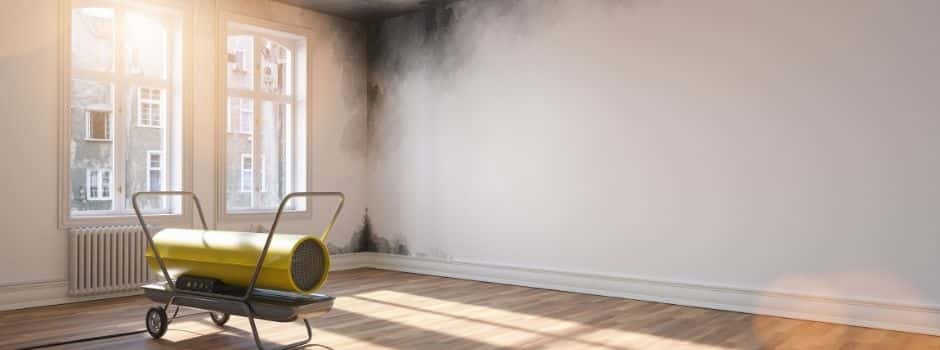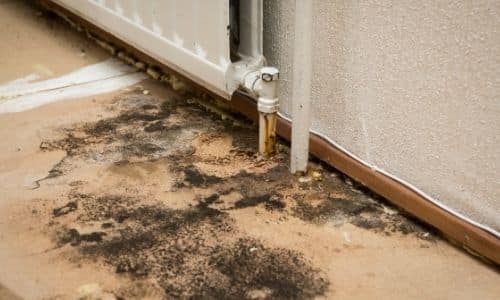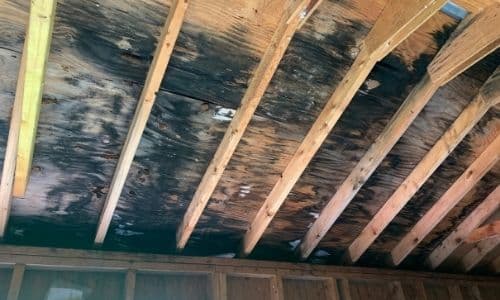
Why Does Mold Grow in Columbia SC?
If you're wondering why mold grows in Columbia SC, it's because of the humid, wet conditions in our homes. According to the South Carolina Department of Consumer Affairs, there have been 155 written complaints about mold since January 2014. Of these, 75 percent come from residents of apartments. The most common place for mold growth is in the bathroom and kitchen, which are both humid and wet areas. However, despite these conditions, there are many ways to detect if you have a problem.
Mold spores grow on wet or damp surfaces
While we all hope for rainy days to come, your home is still susceptible to damage. Damp surfaces provide ideal conditions for mold spores to grow. While it is impossible to completely prevent the growth of mold spores on surfaces, you can reduce their number and spread them to other areas of your home. Mold is often associated with damp areas like carpets, walls, furniture, and upholstery.
Although mold spores are usually harmless, exposure to them can cause an allergic reaction and can even trigger asthma attacks in some people. As a general rule, mold will grow on wet surfaces but it may be dangerous in high quantities. Inhalation of mold spores can lead to symptoms such as runny nose, itchy eyes, coughing, and wheezing.
Molds are a part of the natural world and play an important role in the decomposition of organic matter. They can grow on a wide variety of surfaces and in small colonies, they can cover a great area. Mold spores are microscopic, invisible to the naked eye, but molds can survive in damp environments and spread their spores by air and water currents. So, if you see mold on a damp surface, you're probably dealing with a mold problem.
To prevent mold, you must first fix the problem that has caused the dampness in the first place. A damp towel or sponge should never sit in a puddle in a sink. Instead, wring out the sponge and place it in a sponge holder. If you're worried that your floor is wet, use a hygrometer, an inexpensive instrument available at many hardware stores.
Mold thrives in bathrooms and kitchens
While mold is generally not found in drinking water, it is common to find it in bathroom and kitchen areas. Depending on the species, it can cause skin infections, allergic reactions, and even difficulty breathing. While black mold is typically the most dangerous of all mold species, pink mold is more common and often feeds on soap scum. Whether you have black mold or not, it is a serious problem that can cause severe health issues, including respiratory problems.
Many factors contribute to the development of mold in your home, including the type of climate. For example, the Columbia region experiences high humidity levels that are conducive to mold growth. If you're worried about mold, you can purchase a dehumidifier to reduce moisture levels temporarily. You may also want to install ceiling fans, which help keep the area warm. Counterclockwise ceiling fans also prevent condensation on cold surfaces, which can cause mold growth.
To minimize the risk of mold in your kitchen, consider using a paint that resists mold growth. This type of paint can be purchased at most home improvement stores. Similarly, keeping your countertops dry is important, as it prevents moisture from penetrating the surface. If the mold is present, you can apply a sealant or paint to prevent re-growth. Cleaning alone will not stop the problem from coming back.
While cleaning the bathroom and kitchen in Columbia SC can be done using water and detergent, mold removal in these areas requires specialized equipment and training. You should also wear protective clothing when cleaning. You can also use heavy-duty sponges to scrub the walls. Make sure to use protective gear and wash all of the mold-prone areas thoroughly after scrubbing. Then, dry off the area after you have completed the mold-removal process.
Mold growth can go undetected
There are many hidden sources of mold growth in a home. Hidden mold can be hidden in ceiling tiles, behind furniture, inside ductwork, and even in walls. Hidden mold can also be caused by leaks in the roof or insufficient insulation. Mold inspection in Columbia SC can help you find hidden sources of mold. To find hidden mold, contact a company that specializes in this type of problem. Once they have inspected your home for mold, they will recommend remediation based on the findings.
The presence of condensation is an indication of a high amount of moisture in your home. The presence of condensation is usually a warning sign of a hidden mold colony. Condensation occurs on reflective surfaces, such as windows and mirrors. Metal pipes and wood surfaces can also be indicators of hidden mold colonies. Hidden colonies will give off a distinct musty smell and produce Mycotoxins. If you suspect that mold growth has taken root in your home, contact a Columbia SC mold inspection company today!
As a result of water damage, mold will often cause a musty odor in your home. If the concentrations of mold are high, your home may begin to rot. Some types of mold thrive in damp, dark environments, such as attics and basements. But most types of mold grow in dark, moist environments and do not thrive in sunlight. A home with mold growth in the air is a perfect breeding ground for mold.
Professional remediation is the only way to restore your home to its former condition. You can trust the professionals at Palmetto Mold Experts of Columbia to get the job done right and save your home. They can find hidden areas and develop a remediation plan for you. And while it may not be ideal, hiring a mold remediation company is a wise decision. The team at Palmetto Mold Experts of Columbia is available 24/7 to help with any mold related emergency.
Mold can cause allergic reactions
If you have a history of allergic reactions, mold may be the culprit. Inhaled mold spores can cause hay fever-like symptoms. These symptoms are triggered by a chemical released by allergy cells. They often worsen over time, especially when in a damp environment, and are particularly pronounced in rooms that have a lot of mold. However, there is a more serious form of mold allergy known as allergic bronchopulmonary aspergillosis, which is potentially lethal.
People with this condition may suffer from an allergic reaction to any one of hundreds of types of mold. Some common varieties include Alternaria, Aspergillus, Cladosporium, Penicillium, and Stachybotrys. All of these species are known to cause allergic reactions in people. Luckily, there are ways to avoid becoming infected with mold. By limiting your outdoor activities when the count is high, you can limit your exposure to mold and prevent allergy symptoms.
Even though these effects aren't life-threatening, mold can cause serious allergic reactions. Allergic reactions may occur immediately after exposure or over time, and may include a runny nose, itchy eyes, coughing, and wheezing. In more severe cases, people with compromised immune systems or chronic lung disease may develop infections in their lungs. People with a history of asthma are at risk for severe allergic reactions. The types of mold that are present in a home or office environment may also influence a person's susceptibility to allergies.
Occupational exposure to mold is high in some occupations. If you are working in a place that is exposed to a lot of moisture, you should consider investing in an air conditioner that has a HEPA filter. Make sure that you don't have any carpet in your bathroom, as this may lead to excessive moisture. To manage the symptoms, you can take decongestants.
Mold removal costs in Columbia SC
The cost of mold removal in Columbia SC is determined by a number of factors. The size of the infestation, its extent, and how many basic materials need to be replaced are all important factors. A professional remediation is essential in order to ensure a healthy environment, and it may cost up to $10,000 for a large-scale job. The average cost of Columbia mold remediation is around $7,500, according to home owners in the city.
If your home was flooded, it is likely that you will have to spend anywhere from $2,000 to $6,000 for mold removal in Columbia SC. If the problem is extensive, the cost could climb as high as $30,000, although most homeowners insurance policies cover emergencies. In the event of a mold outbreak, deferred maintenance, or seepage can lead to a high level of moisture. Your homeowners insurance will pay for these expenses if you have a plan for preventing future outbreaks.
A thorough mold inspection may cost $200 to $600. It may take two to five hours to complete the job, and the inspector will perform air samples. Some inspectors include the cost of air samples as part of the base price. In some cases, a mold inspector may also require you to remove any affected materials before completing the remediation. A professional will be able to provide you with the best solution for your home, and your budget.
In addition to inspection, remediation, and restoration, mold is a fungus that thrives in warm, moist environments. The fungi it feeds on organic matter can cause a variety of health problems, including allergic reactions and hearing loss. Mold is often the cause of structural damage. It can cause structural damage, which is why mold remediation is so crucial. You'll be glad you found a professional remediation company in Columbia SC.
Learn how fast does mold grow after a storm in Columbia SC?
Benefits of mold testing in Columbia SC


